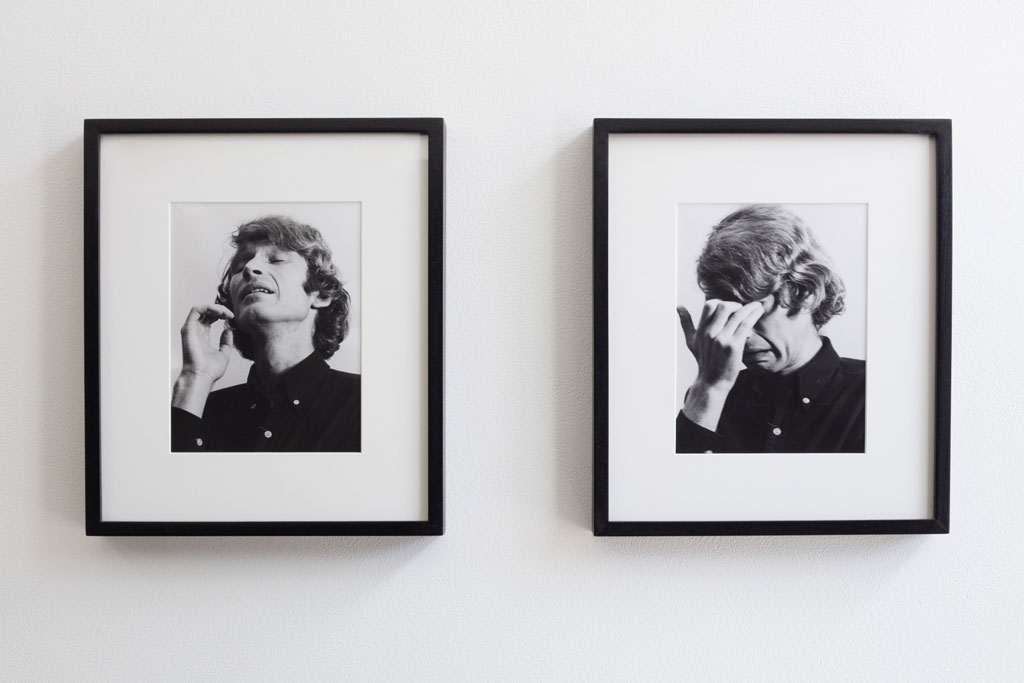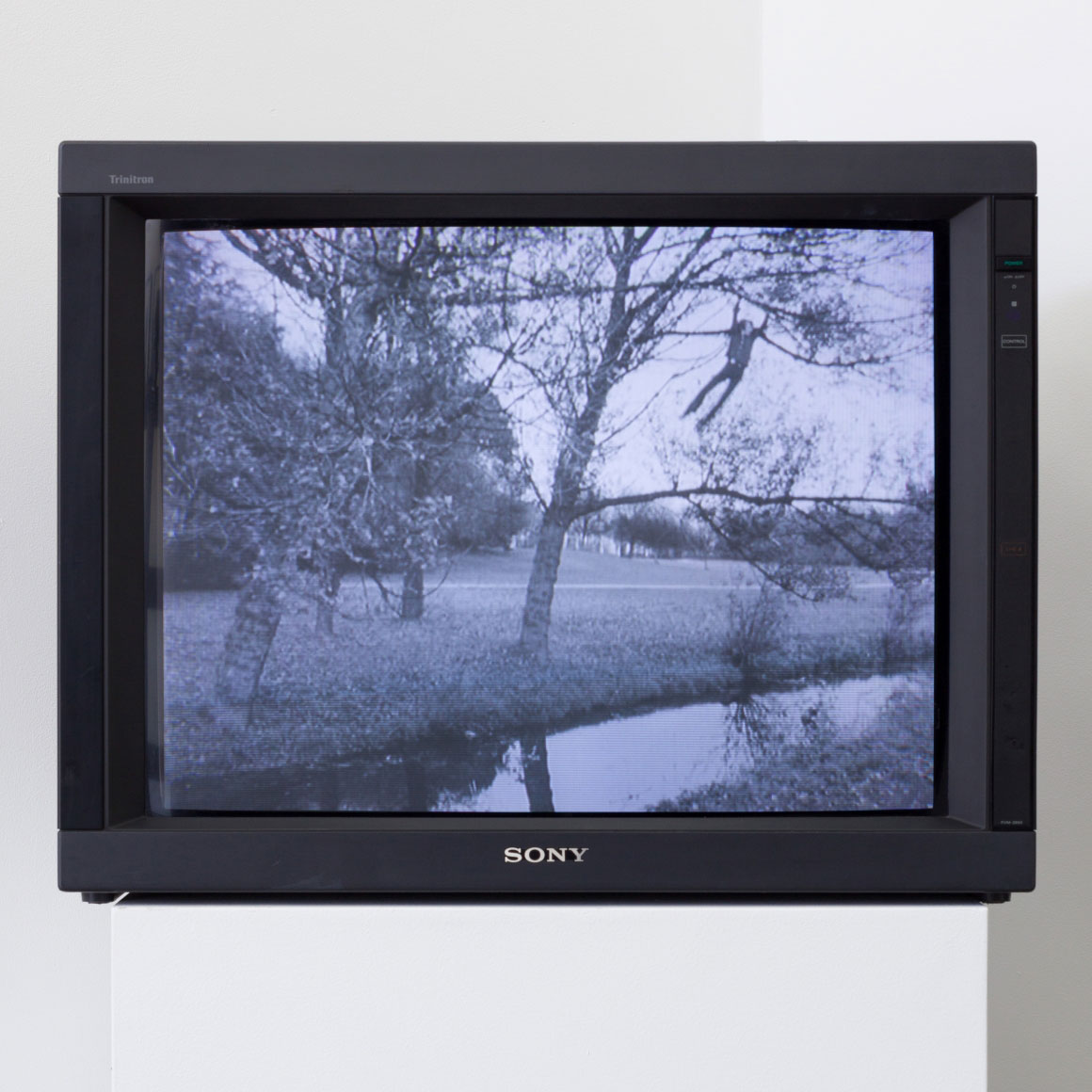ART CITIES:Los Angeles-Bas Jan Ader
 Born in Holland but coming out of the Los Angeles art scene of the 60s and 70s, Bas Jan Ader left us a brief, five-year string of enigmatic performance pieces, filmed and photographed between 1970 to 1975. It was a very short career, given a powerful exclamation point by the startling finality of his last act. Ader revealed little about his work, and left no commentary save a few cryptic journal entries scribbled in pencil on a memo pad.
Born in Holland but coming out of the Los Angeles art scene of the 60s and 70s, Bas Jan Ader left us a brief, five-year string of enigmatic performance pieces, filmed and photographed between 1970 to 1975. It was a very short career, given a powerful exclamation point by the startling finality of his last act. Ader revealed little about his work, and left no commentary save a few cryptic journal entries scribbled in pencil on a memo pad.
By Dimitris Lempesis
Photo: Meliksetian Briggs Gallery Archive
From Bas Jan Ader’s childhood in Holland learning to sail on the Eems-Dollard Esturary, playing truant from school to go out on the sea with the local prawn fisherman as a teen, wearing only clothing of a particular shade of ocean blue, through his many seminal and highly influential art works to his final fateful ocean voyage at the age of 33, water has been a leitmotif throughout his life. The exhibition “Water’s Edge” explores how this is manifest literally and metaphorically in art works Bas Jan Ader made in the period of 1971 and 1972. Bas Jan Ader’s overarching and most significant concern during this period was the notion of the Fall where, as Ader has stated, “gravity made itself master over me”. While the embodiment of these philosophical ideas in the art works runs through nearly the entire exhibition, it is notable that the actions are situated alongside bodies of water, from the Pacific coast in Los Angeles, to the canals and rivers of Amsterdam, to the oceanside of Sweden. The Fall, for Ader the philosophical problem of free will and determinism, whether it is the literal physical fall of body to earth or the metaphorical fall of mankind (Ader’s parents were pastors) is made apparent throughout these works, but the notion of falling also asserts itself in the element of water, the waterfall, the falling of tears on the artist’s face and his disappearance into the water after falling into the canal as seen at the end of “Fall 2, Amsterdam”. These works are juxtaposed in the exhibition with works evoking the 19th Century tradition of the sublime, the contemplative and philosophical Romantic artist gazing out to sea and to the vastness of nature in the various Study for Farewell to faraway friends, 1971 photos and then again in front of the crashing sea and rocky landscape in The elements, 1971. In the performance work “The boy who fell over Niagara Falls” (1972) the artist reads a text from the March 1972 issue of the then popular magazine Reader’s Digest recounting the true story of a young boy’s accidental plunge over the edge of the 175 foot high roaring waterfall and his miraculous survival. The vintage photos exhibited alongside the video are from the final performance of the work at the Kabinett in Germany, which was notable as Ader added for the first and only time a final element, whereby upon finishing the glass of water after the word “death” in the text, thus ending the performance, he left the room crying with tears falling down his face. A counter point prefiguring this action are the photos hung opposite in the gallery, 2 works from the small photographic series entitled “Study for I’m too sad to tell you” (1971) made alongside the seminal film work in the year prior showing the artist in tears. The Kabinett photos are also notable as they are the last work Ader made that reveal his face, despite the artist himself being a protagonist in subsequent works. The Niagara Falls story itself, the survival of the young boy in overwhelming and dire circumstances, what could be considered a miracle, hopeful and inspiring, cheating fate and overcoming destiny, foreshadows Ader’s trans-Atlantic sailing voyage at its beginning, part of what ultimately became his final art work in 1975, the uncompleted grand trilogy In search of the miraculous.
Info: Meliksetian Briggs Gallery, 313 N Fairfax Avenue, West Hollywood, Los Angeles, Duration: 8/6-14/9/19 (28/6-14/8 Closed & 15-31/8/19 by appointment), Days & Hours: Tue-Sat 12:00-17:00, www.meliksetianbriggs.com





